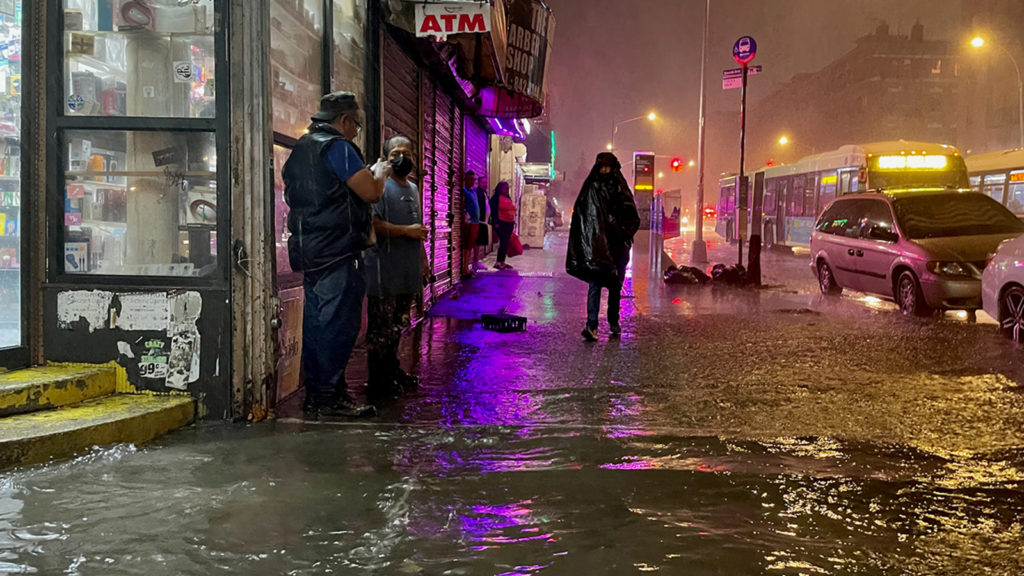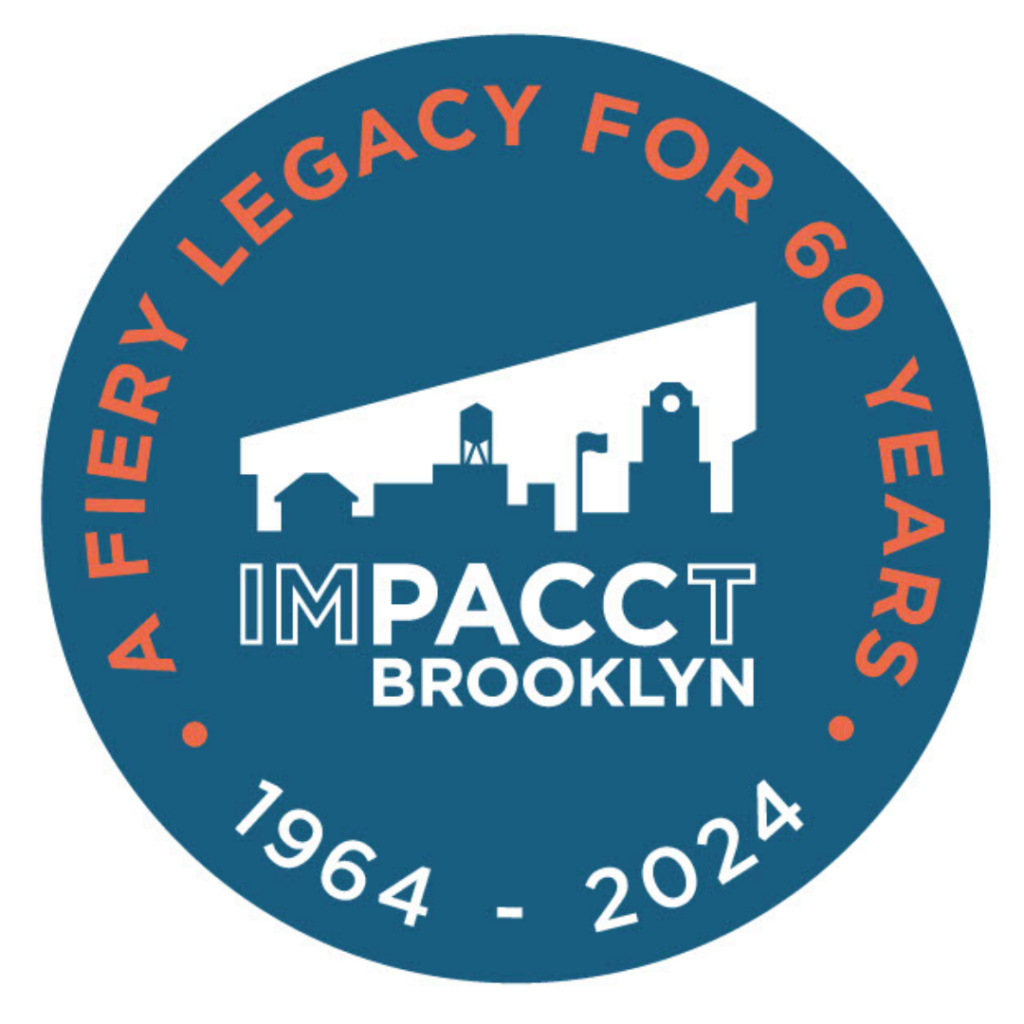Floods are the most common natural disaster in the United States, as well as the costliest. Most flooding is caused by several days of rain, melting snow, or a severe weather event, like last night’s Hurricane Ida. Although flash floods like the ones caused by Hurricane Ida or Hurricane Henri can occur in a matter of minutes, there are lots of things residents and homeowners can do both before and after severe flooding to protect themselves and their families while reducing property damage during a catastrophic weather event.
Before a flood:
- Prepare an evacuation plan. Develop an evacuation plan among all members of a household that includes a meeting place outside of the house, as well as an escape route out of the floodplain and away from floodwaters.
- Safeguard your possessions. Create a personal flood file containing information about all of your possessions and keep it in a safe place, such as a safe deposit box or waterproof container. This file should contain a copy of your insurance policies, a household inventory, and copies of all other critical documents.
- Prepare your home. There are some simple steps you can take to reduce the impact of floodwater on your home and belongings.
- Build an emergency supply kit. Prepare an emergency supply kit which should include food, bottled water, first aid supplies, medicines, and a battery-operated radio.
If you are in dangerous or life-threatening conditions:
- Call the fire department at 911 if you need to be rescued. Be sure to ask them to kill the power if you’re unable to or need help. (It’s best to be safe with rising water, since it can breach electrical outlets.)
- Call 911 if you’re experiencing any other emergency.
- Evacuate the premises, but do not walk or drive through flowing water, if possible.
If you’re safe but experiencing flooding in your neighborhood or damage to your home:
- Call the fire department at 911 only if you’re worried about true safety concerns (such as water hitting electricity). Don’t travel unless absolutely necessary.
- Document the damage with a camera immediately, if possible. Be thorough and take lots of pictures. The camera on your phone should work just fine, if available.
- Contact your landlord if you rent.
- Contact your insurance company about the damage. It’s good to do this whether you rent or own.
- Start the cleanup process:
- If you have a ShopVac, go into the flooded area every few hours and ShopVac the water away. You can also use a portable water pump.
- Prevent mold damage by keeping flooded areas as dry as possible and treating potential problem areas with a strong cleaning solution. If your home has water damage due to flooding, sewage backup, or any other water-related incidents, mold and mildew will develop within 24 to 48 hours of exposure to water.
- Call a flood remediation specialist if needed.
Other helpful resources to recover from flooding in your neighborhood or damage to your home:
- Access NYC Emergency Management at https://www1.nyc.gov/site/em/index.page for the latest news and updates on hazardous weather conditions.
- Apply for individual recovery assistance through the Federal Emergency Management Agency at https://www.fema.gov/assistance/individual.
- Access the Disaster Flood Resource Center by calling (800) – 339 – 1759 or visiting https://bit.ly/DisasterFloodResources. The Disaster Flood Resource Center has disaster preparation tips, flood and flood insurance information, guidelines on how to file a claim after a loss while protecting your credit, and a directory of other helpful local and federal resources.
- Access the Disaster Assistance City Services by visiting https://bit.ly/DisasterAssistanceCityServices. Disaster Assistance City Services has multilingual information on how to prepare for emergency situations, emergency text/email/call notifications, local assistance/reception centers, and information about NYC Recovery.
- To report flooding on a street or sidewalk, including water or sewage overflowing from a manhole cover, call 311 or visit the NYC 311 website. Please note that you must provide your contact information in your report so the Department of Environment Protection (DEP) can contact you, if necessary. Otherwise, the DEP cannot complete the service request.
- To request tree removal, call 311 or visit https://bit.ly/treeremovalrequest. The Department of Parks and Recreation (DPR) will remove trees and branches that have fallen to the ground on public property, including streets, sidewalks, and parks. DPR officials also remove trees or branches that are blocking sidewalks or streets, as well as branches that are cracked or hanging and about to fall. Trees that are located along streets in front of houses will be investigated and removed if necessary. Please note that the DPR is not responsible for any non-City tree that falls on private property, any small non-City tree branch that falls on private property, and any tree that is located on private property.
- To report property damage from a tree on city property, call 311 or visit https://bit.ly/cityclaim. You must file tort claims against the City with the City Comptroller within 90 days of the incident.
For any other issues that might arise involving your home, your small business, or issues with your landlord, please contact IMPACCT Brooklyn at (718) – 522 – 2613 or at info@impacctbk.org.



